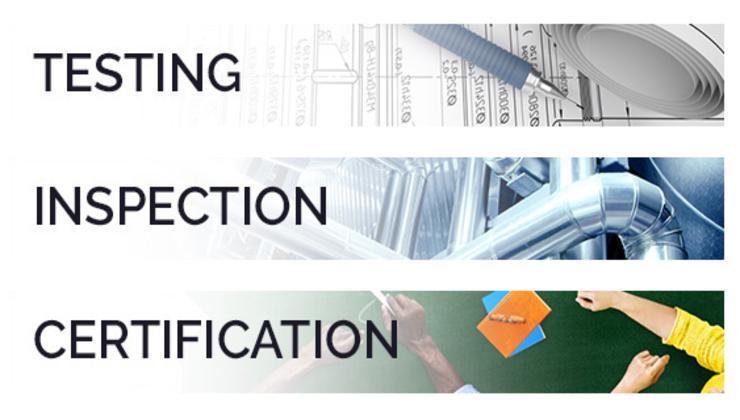Testing Inspection Certification Industry Size, Share, and Competitive Landscape 2035

Mergers and acquisitions (M&A) are the fundamental and most powerful strategic instrument used to build scale and shape the competitive landscape of the global Testing, Inspection, and Certification (TIC) market. A strategic analysis of the most significant Testing Inspection Certification Market Mergers & Acquisitions reveals a consistent, long-term strategy of consolidation, where the major global players have systematically acquired smaller, regional, and specialized firms to expand their global footprint, deepen their vertical industry expertise, and add new service capabilities. The TIC industry as we know it today, with its handful of dominant multinational giants, was not born this way; it was built, transaction by transaction, through a deliberate and highly effective M&A-driven roll-up strategy, often backed by private equity. The market's stable, non-cyclical growth characteristics make it highly attractive for such long-term, buy-and-build strategies. The Testing Inspection Certification Market size is projected to grow USD 106.98 Billion by 2035, exhibiting a CAGR of 4.88% during the forecast period 2025-2035. The history of M&A in this space is a clear roadmap of how the industry's leaders have achieved their dominant and highly defensible market positions.
The primary rationale behind the vast majority of M&A deals in the TIC industry has been geographic expansion. To serve a global client base effectively, a TIC provider needs a physical network of labs and offices in all key manufacturing and consumer markets. The fastest, most efficient, and lowest-risk way to enter a new country or strengthen a position in an existing one is to acquire a well-established local competitor. A major European-based TIC giant looking to expand in North America, for example, would acquire a mid-sized American testing company. This instantly provides the acquirer with physical laboratories, a team of local experts, a set of crucial local accreditations, and, most importantly, a list of existing client relationships. This strategy, repeated hundreds of times over many years across Asia, the Americas, and Europe, is the core playbook that has allowed companies like SGS, Intertek, and Bureau Veritas to build their world-spanning empires. It is a classic global roll-up strategy applied to a fragmented service industry.
A second, and equally important, driver of M&A is the acquisition of specialized technical expertise and access to new, high-growth industry verticals. A large, diversified TIC provider might acquire a smaller, boutique lab that has a world-class reputation and unique capabilities in a specific, high-margin niche, such as the testing of advanced aerospace materials, the cybersecurity certification of connected medical devices, or the auditing of sustainable agriculture practices. This allows the larger company to instantly add a new, high-value service to its portfolio, which it can then cross-sell to its massive existing client base. This strategy is crucial for staying relevant and capturing growth, as the TIC market is constantly evolving with new technologies and regulations. In recent years, M&A has been heavily focused on acquiring companies with expertise in these new "megatrend" areas, particularly sustainability (ESG verification) and digitalization (cybersecurity). This ensures that the market leaders are constantly adapting and expanding their service offerings to meet the changing needs of the global economy.
Top Trending Reports -
Japan Operational Technology Security Market
- Art
- Causes
- Crafts
- Dance
- Drinks
- Film
- Fitness
- Food
- Jogos
- Gardening
- Health
- Início
- Literature
- Music
- Networking
- Outro
- Party
- Religion
- Shopping
- Sports
- Theater
- Wellness


